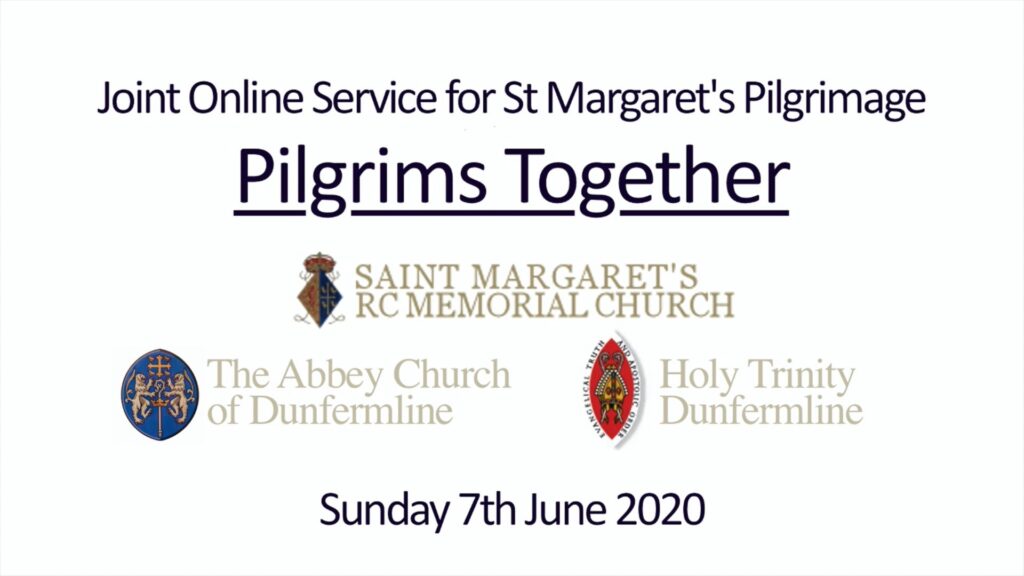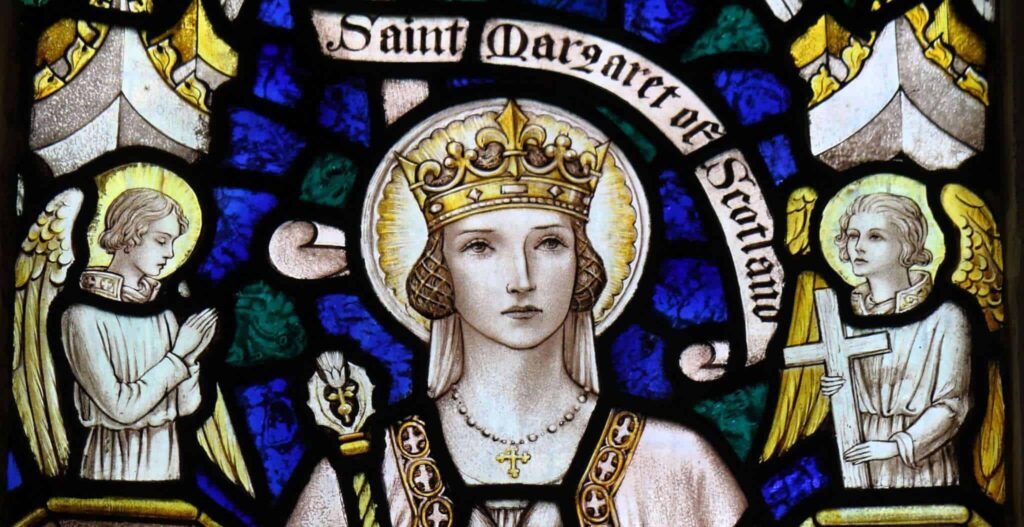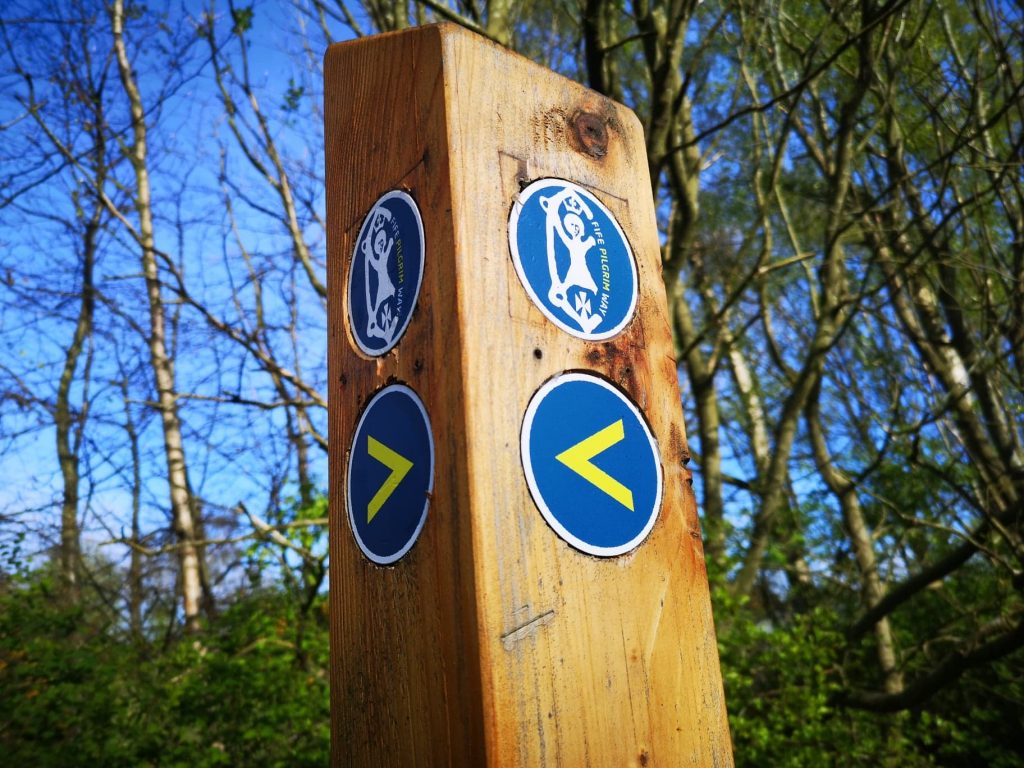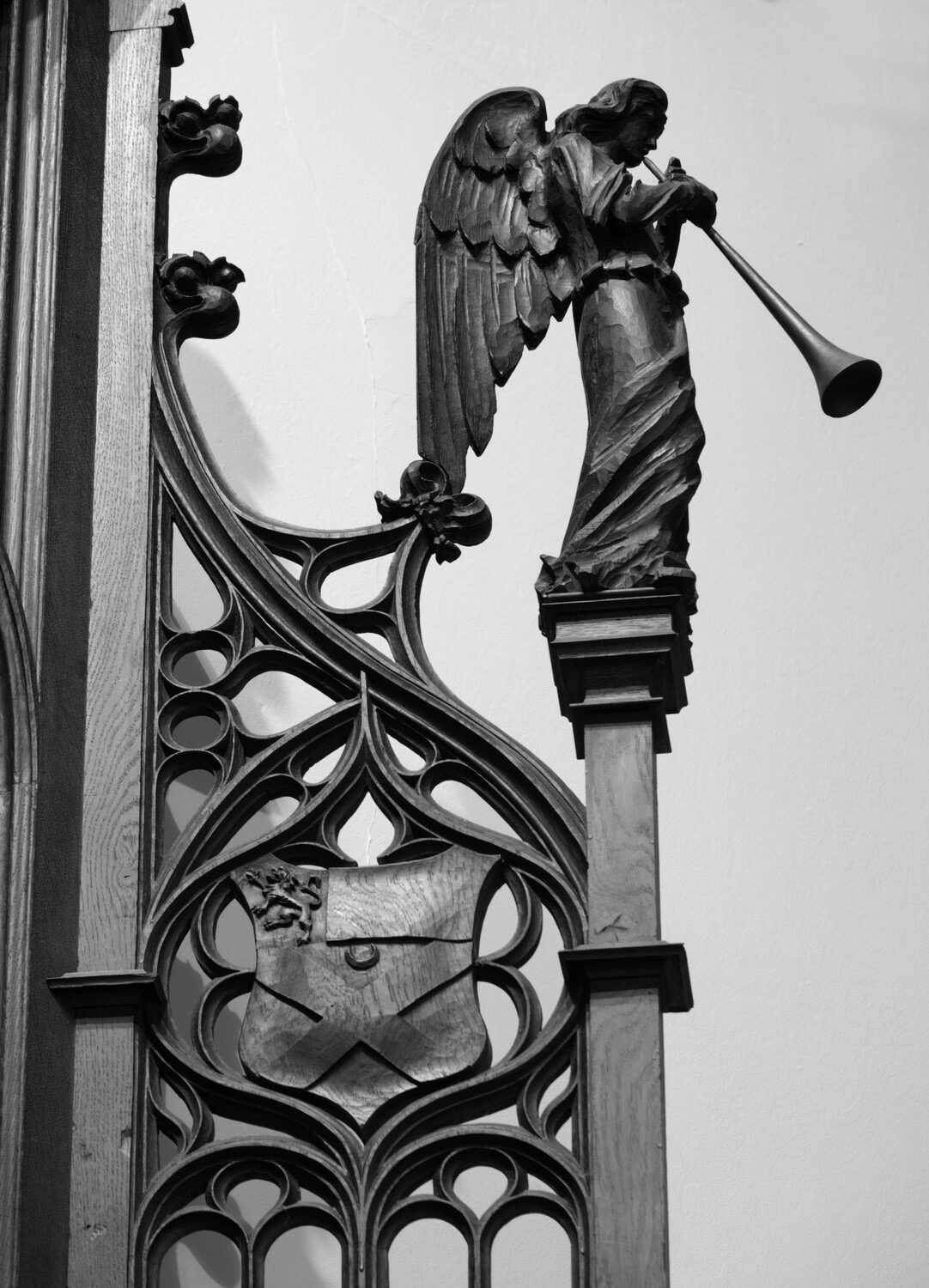This Trinity Sunday as we celebrate the Father, Son and Holy Spirit together as one Holy Trinity, from which we take our name. This year we also want to take time to focus on St Margaret, the community she built here in Dunfermline and the light she brought to our people.

A Joint Service for St Margarets Pilgrimage
To mark the event three denominations have joined together for a joint service to celebrate St Margaret. The Church of Scotland, represented by the Abbey Church of Dunfermline, the Roman Catholic Church represented by St Margarets Memorial Church and The Scottish Episcopal Church represented by Holy Trinity Dunfermline. We also think of our brothers and sisters from St Margarets Scottish Episcopal Church in Rosyth.
The Service will be Live Streamed simultaneously across all three churches at 3pm on the 7th June and will be available after the Service to watch back at a time to suit you. Let us Pilgrimage together.
St Margaret of Scotland

Margaret was born in 1046 and was a member of an ancient English royal family. She was a direct descendant of King Alfred and was the granddaughter of King Edmund Ironside of England through his son Edward.
Along with her family Margaret had been exiled to the eastern continent when King Canute and his Danish army had overrun England. Beautiful and devout she was also intelligent receiving her formal education in Hungary.
Margaret and her family returned to England towards the end of the reign of her great-uncle, Edward the Confessor, as her younger brother, Edgar the Aetheling, had a very strong claim to the English throne. The English nobility had other ideas however and elected Harold Godwin as Edward’s successor.
All of this political manoeuvring proved irrelevant when William, Duke of Normandy, otherwise known as ‘The Conqueror’ arrived with his army near Hastings in 1066, but that’s another story.
As some of the last remaining Saxon Royals in England, Margaret and her family’s position was precarious and fearing for their lives they fled northwards, in the opposite direction to the advancing Normans. They were heading back to the continent from Northumbria when their ship was blown off course and landed in Fife.
The Scottish King, Malcolm III, known as Malcolm Canmore (or Great Head) offered his protection to the royal family.
Malcolm was particularly protective towards Margaret! She initially refused his proposals of marriage, preferring, according to one account, a life of piety as a virgin. Malcolm however was a persistent king, and the couple finally married in Dunfermline in 1069.
Their union was exceptionally happy and fruitful for both themselves and the Scottish nation. Margaret brought with her some of the finer points of current European manners, ceremony and culture to the Scottish Court, which highly improved its civilised reputation.
Queen Margaret was renowned for her good influence on her husband and also for her devout piety and religious observance. She was a prime mover in the reform of the Church in Scotland.
Under Queen Margaret’s leadership Church councils promoted Easter communion and, much to joy of the working-class, abstinence from servile work on a Sunday. Margaret founded churches, monasteries and pilgrimage hostels and established the Royal Mausoleum at Dunfermline Abbey with monks from Canterbury. She was especially fond of Scottish saints and instigated the Queen’s Ferry over the Forth so that pilgrims could more easily reach the Shrine of St. Andrew.
Mass was changed from the many dialects of Gaelic spoken throughout Scotland to the unifying Latin. By adopting Latin to celebrate the Mass she believed that all Scots could worship together in unity, along with the other Christians of Western Europe. Many people believe that in doing this, it was not only Queen Margaret’s goal to unite the Scots, but also the two nations of Scotland and England in an attempt to end the bloody warfare between the two countries.
In setting the agenda for the church in Scotland Queen Margaret also ensured the dominance of the Roman Church over the native Celtic Church in the north of the country.
Margaret and Malcolm had eight children, all with English names. Alexander and David followed their father to the throne, whilst their daughter, Edith (who changed her name to Matilda upon her marriage), brought the ancient Anglo-Saxon and Scottish Royal bloodline into the veins of the Norman Invaders of England when she married and bore children to King Henry I.
Margaret was very pious and cared especially for the poor and orphans. It was this piety that caused considerable damage to her health with the repeated fasting and abstinence. In 1093, as she lay on her deathbed after a long illness, she was told that her husband and eldest son had been ambushed and treacherously killed at the Battle of Alnwick in Northumbia. She died shortly after aged just forty-seven.
She was buried alongside Malcolm in Dunfermline Abbey and the reported miracles that took place in and around her tomb supported her canonization in 1250 by Pope Innocent IV.
During the Reformation St. Margaret’s head somehow passed into the possession of Mary Queen of Scots, and was later secured by the Jesuits at Douai, where it is believed to have perished during the French Revolution.
The feast of St. Margaret was formerly observed by the Roman Catholic Church on 10 June but is now celebrated each year on the anniversary of her death, 16 November.
Fife Pilgrim Way
The Fife Pilgrim way has been re-opened and remarked providing an opportunity for pilgrims to travel on this once busy route for the first time in many years. If you want to know more or want to visit our church on your pilgrimage head to our new section of the website.


